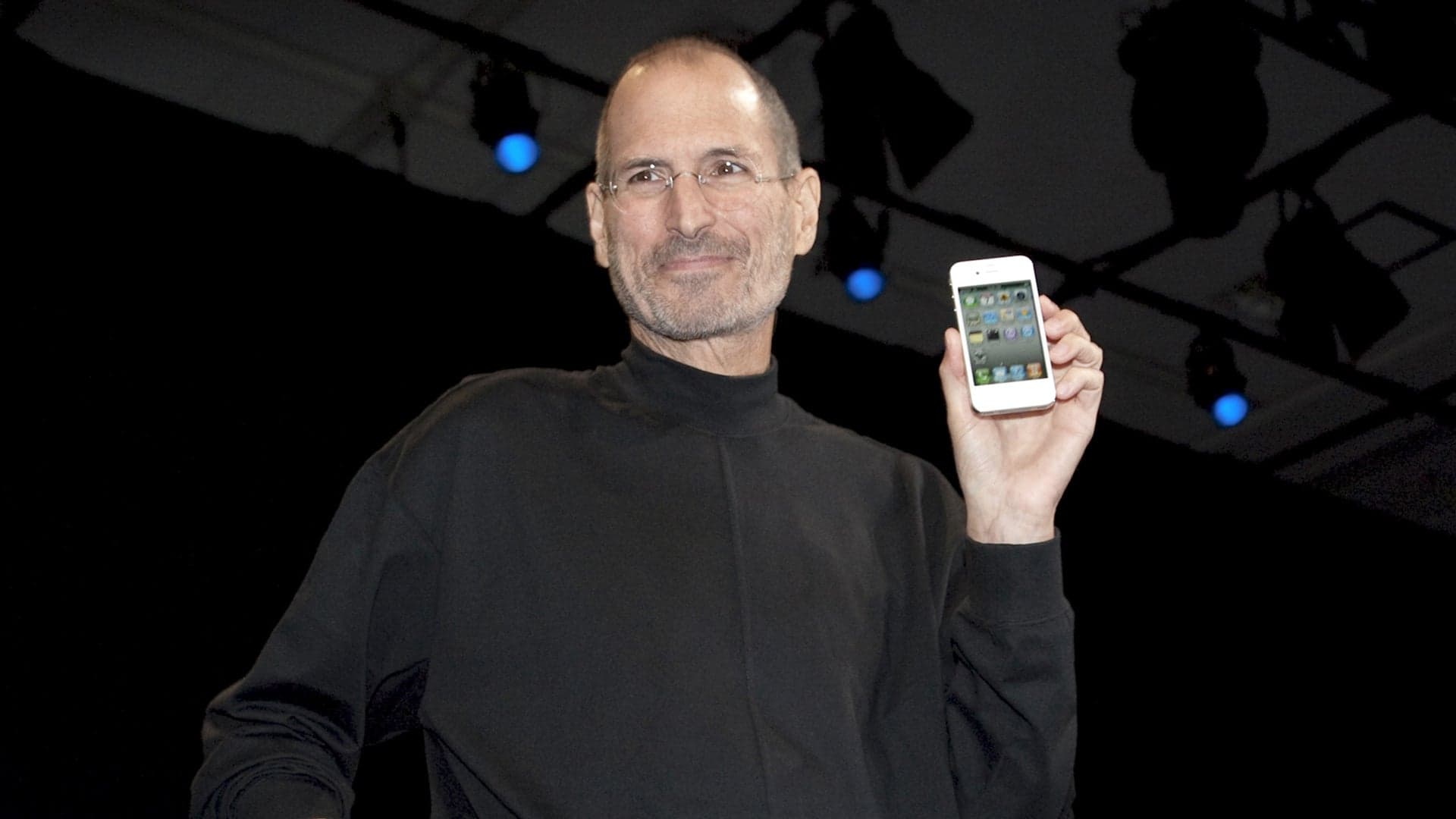On October 5, 2011, Steve Jobs, the visionary co-founder of Apple Inc., which revolutionized the computer, music and mobile communications industries with such devices as the Macintosh, iPod, iPhone and iPad, dies at age 56 of complications from pancreatic cancer.
Born on February 24, 1955, in San Francisco, California, to unmarried graduate students Joanne Schieble and Abdulfattah Jandali, a Syrian immigrant, Jobs was adopted as a baby by Paul Jobs, a Silicon Valley machinist, and his wife Clara. After graduating from high school in Cupertino, California, in 1972, Jobs attended Reed College, a liberal arts school in Portland, Oregon, for a single semester before dropping out. He later worked briefly for pioneering video game maker Atari in California, traveled to India and studied Zen Buddhism.
In 1976, Jobs and his computer engineer friend Stephen Wozniak founded Apple Computer in Jobs parents’ garage in Los Altos, California. As Bloomberg News would later note about Jobs: “He had no formal technical training and no real business experience. What he had instead was an appreciation of technology’s elegance and a notion that computers could be more than a hobbyist’s toy or a corporation’s workhorse. These machines could be indispensable tools.” In 1977, Jobs and Wozniak launched the Apple II, which became the first popular personal computer. In 1980, Apple went public and Jobs, then in his mid-20s, became a multimillionaire. Four years later, Apple debuted the Macintosh, one of the first personal computers to feature a graphical user interface, which allowed people to navigate by pointing and clicking a mouse rather than typing commands.
In 1985, Jobs left the company following a power struggle with Apple’s board of directors. That same year, he established NeXT, a business that developed high-performance computers. The machines proved too pricey to gain a wide consumer audience; however, British computer scientist Tim Berners-Lee developed the World Wide Web using a NeXT workstation. In 1986, Jobs acquired a small computer-graphics studio founded by filmmaker George Lucas and rechristened it Pixar Animation Studios. In 1995, Pixar released its first film, “Toy Story,” the first-ever feature-length, computer-animated movie. It became a huge box-office success and was followed by such award-winning hits as “Finding Nemo” (2003) and “The Incredibles” (2004). In 2006, Walt Disney Company purchased Pixar for more than $7 billion, making Jobs the largest Disney shareholder.
In late 1996, Apple, which had floundered without Jobs, announced it would buy NeXT and hire Jobs as an advisor. The following year, he became Apple’s interim CEO (the “interim” was dropped in 2000), and under his leadership a nearly bankrupt Apple was transformed into one of the planet’s most valuable corporations. A charismatic, demanding perfectionist, Jobs was said to possess the ability to intuit what customers wanted before they knew it themselves. In his trademark jeans and black mock turtleneck, the tech titan turned product launches into highly anticipated events, and Apple introduced a series of innovative digital devices, including the iPod portable music player in 2001, the iPhone in 2007 and the iPad tablet computer in 2010, that became part of everyday modern life. (In early 2007, Jobs announced that Cupertino-based Apple was dropping “Computer” from its official moniker to reflect the fact the company’s focus had shifted from computers-only to mobile electronic devices).
Despite a series of medical issues, including surgery in 2004 to remove a pancreatic tumor and a 2009 liver transplant, Jobs continued to lead Apple until August 24, 2011, when he stepped down as the company’s chief executive. Six weeks later, he passed away at his Palo Alto, California, home. At the time of his death, Jobs, a father of four, had a net worth estimated at more than $7 billion. According to biographer Walter Isaacson, Jobs “was the greatest business executive of our era, the one most certain to be remembered a century from now. History will place him in the pantheon right next to Thomas Edison and Henry Ford.”
